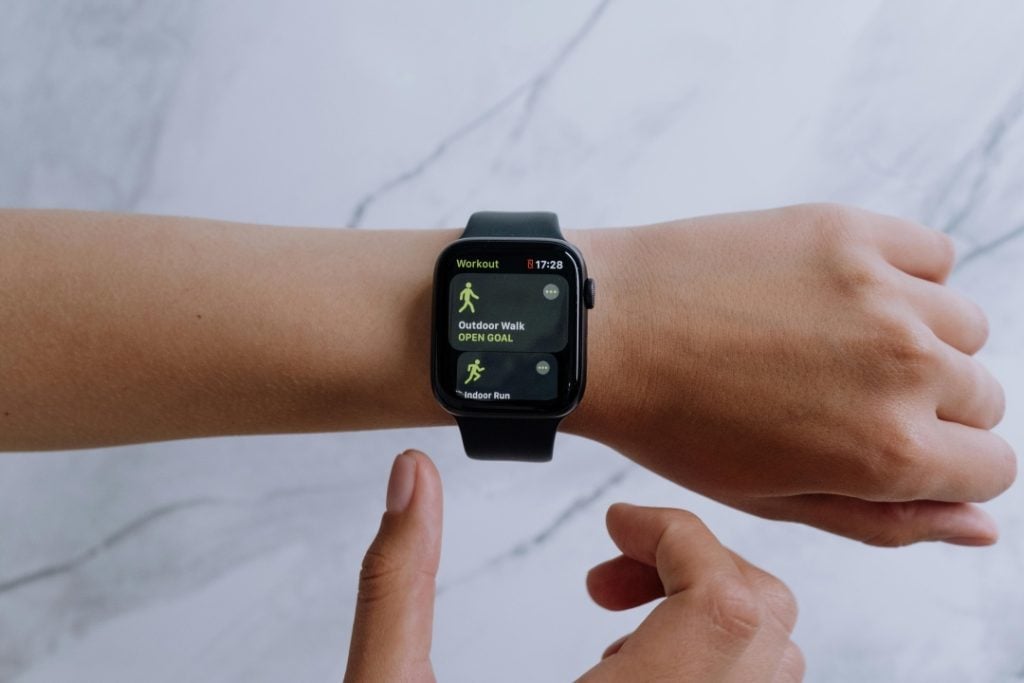Photo by cottonbro studio
In today’s digital-first world, gamification has slipped into nearly every part of our lives. From closing rings on a smartwatch to unlocking badges on your favorite language-learning app, our everyday experiences are being subtly transformed into game-like interactions. At its core, gamification is the use of game design elements, like points, challenges, leaderboards, and rewards—in non-game contexts. It’s no longer just about fun; it’s about engagement, motivation, and building long-term loyalty across platforms.
Online Entertainment Platforms and Digital Rewards
Gamification is also at the heart of online entertainment platforms, especially within certain gaming environments. Take crash games like Aviator, for instance, a unique title that turns simple mechanics into an adrenaline-fueled experience. For those curious about how it works in practice, this detailed Aviator game review breaks down why it’s become such a hit among players. With fast-paced rounds, rising multipliers, and real-time decision-making, the game rewards quick thinking and timing—traits that keep players coming back for more.
What makes these kinds of games stand out isn’t just the chance to win, but the structured sense of progression they offer. From unlockable perks to leaderboard rankings, they tap into the same psychological loops found in fitness and fandom apps. It’s that mix of entertainment, feedback, and the feeling of “leveling up” that turns casual play into a lasting routine.
Fitness and Self-Improvement Go Game Mode
Few industries have embraced gamification as enthusiastically as the health and fitness sector. Apps like Fitbit, Apple Fitness, and Strava motivate users through daily streaks, step goals, and virtual trophies. These systems provide instant feedback and visual progress, giving users a sense of accomplishment even after a short workout or walk. This immediate reward system is crucial for building habits, and it’s why many users stick to their routines longer than they would with traditional fitness plans.
Habit-tracking apps and productivity tools have followed suit. Users can now earn badges for completing daily routines, journaling streaks, or even drinking enough water. By adding a reward system to something as simple as brushing your teeth or meditating, these platforms make consistency feel like winning.
Fandom and Media: Engagement Through Interaction
The entertainment world has also gotten in on the action. Streaming platforms and social media pages now encourage fans to engage in gamified experiences like voting, trivia challenges, and digital scavenger hunts. Major franchises, such as Marvel, Star Wars, or gaming studios like Blizzard, often use these mechanics to deepen fan engagement. Limited-time events, unlockable content, and interactive apps keep fans invested between major releases, turning passive viewers into active participants.
Even podcasts and newsletters are experimenting with gamified loyalty programs, rewarding listeners or readers with exclusive perks for engagement. The more someone interacts, the more they feel connected, not just to the content, but to the community built around it.
Conclusion: Where It’s All Heading
Gamification has evolved from a buzzword into a foundational design principle across industries. Whether you’re running laps, unlocking exclusive content, or chasing daily bonuses, you’re likely being nudged by a cleverly designed feedback loop. It’s not just about points or prizes—it’s about psychology, motivation, and creating habits. As technology continues to integrate deeper into our daily routines, expect even more parts of life to be transformed into a game. The real question is: how high can we level up before it stops feeling like play?
Sandra Larson is a writer with the personal blog at ElizabethanAuthor and an academic coach for students. Her main sphere of professional interest is the connection between AI and modern study techniques. Sandra believes that digital tools are a way to a better future in the education system.






